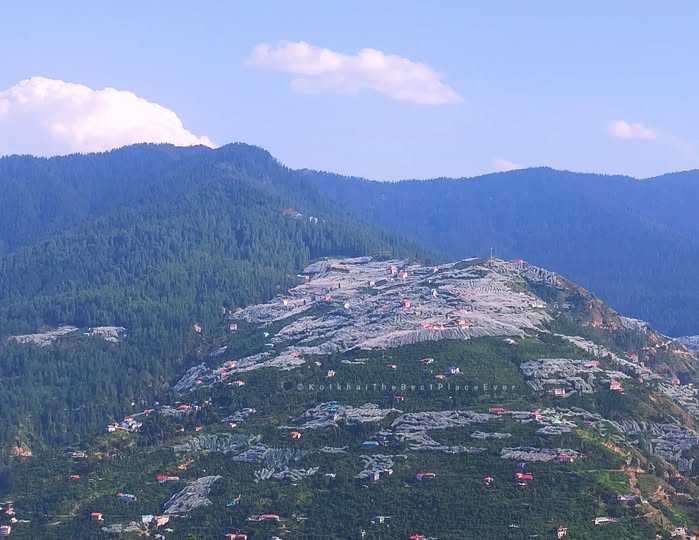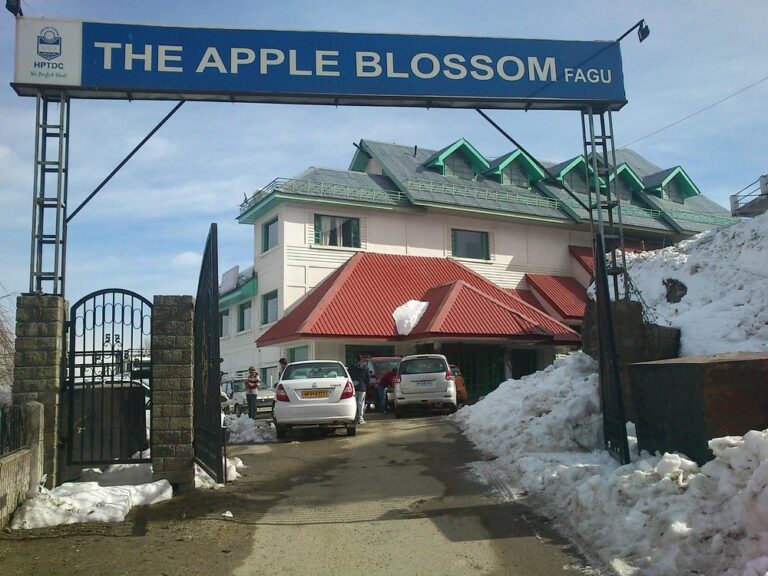HP Tourism Development Corporation Chairman Raghubir Singh Bali announced a significant decision to shift the HPTDC head office from Shimla to Kangra district. The head office, operating from a rented building on Shimla’s Mall Road since 1972, has faced repeated notices for vacation. In light of Chief Minister Sukhvinder Singh Sukhu’s declaration of Kangra as the tourism capital, the Board of Directors unanimously approved the relocation.
When Bali assumed office, HPTDC’s turnover stood at ₹78 crore. Strategic fiscal reforms and service improvements helped raise the turnover to ₹109 crore in the first year and ₹107 crore in the second, reflecting effective governance and teamwork.
With the shift to Kangra, senior officials including the MD, GM, DGM, and full staff will now function from Dharamshala. Several government buildings have been identified or offered by the local municipal corporation to accommodate the new office setup.
Despite frequent natural calamities like landslides and flash floods, HPTDC posted record turnovers, underscoring its resilience and operational strength. Bali emphasized that this is not just a relocation but a strategic decentralization move. The administration of hotels and units across the state—from Delhi and Chandigarh to Kaza and Kalpa—will now be directed from Dharamshala.
He further stated that this move will help decongest Shimla and reduce its infrastructural burden, while also supporting the state government’s vision for Kangra.
Additionally, Bali reported that over the last two years, ₹41 crore in pending retirement benefits were distributed to former employees, ensuring both financial justice and respect for senior citizens.
Efforts are also underway to revive several HPTDC-run hotels that have remained closed or in disrepair. Under the Asian Development Bank funding, renovations have begun and tenders have been floated. Consultants are being appointed to assess feasibility and prepare revival roadmaps for shuttered projects like Mata ka Bagh (Kangra), Bir-Billing Institute, and the Art & Culture Village, turning idle infrastructure into vibrant tourism assets.




